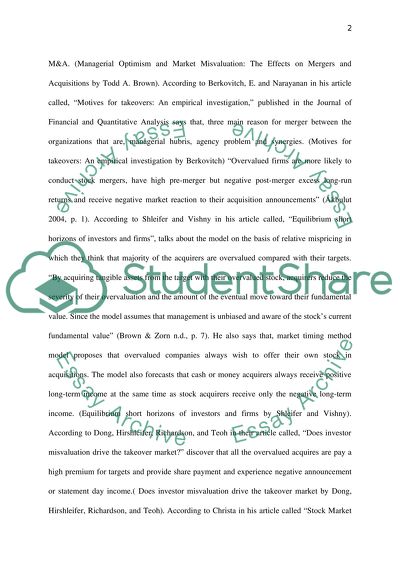Cite this document
(“Market/investor Misvaluation Effect Merger and Aquisition Activity Literature review”, n.d.)
Retrieved from https://studentshare.org/finance-accounting/1433574-market-investor-misvaluation-effect-merger-and
Retrieved from https://studentshare.org/finance-accounting/1433574-market-investor-misvaluation-effect-merger-and
(Market/Investor Misvaluation Effect Merger and Aquisition Activity Literature Review)
https://studentshare.org/finance-accounting/1433574-market-investor-misvaluation-effect-merger-and.
https://studentshare.org/finance-accounting/1433574-market-investor-misvaluation-effect-merger-and.
“Market/Investor Misvaluation Effect Merger and Aquisition Activity Literature Review”, n.d. https://studentshare.org/finance-accounting/1433574-market-investor-misvaluation-effect-merger-and.


